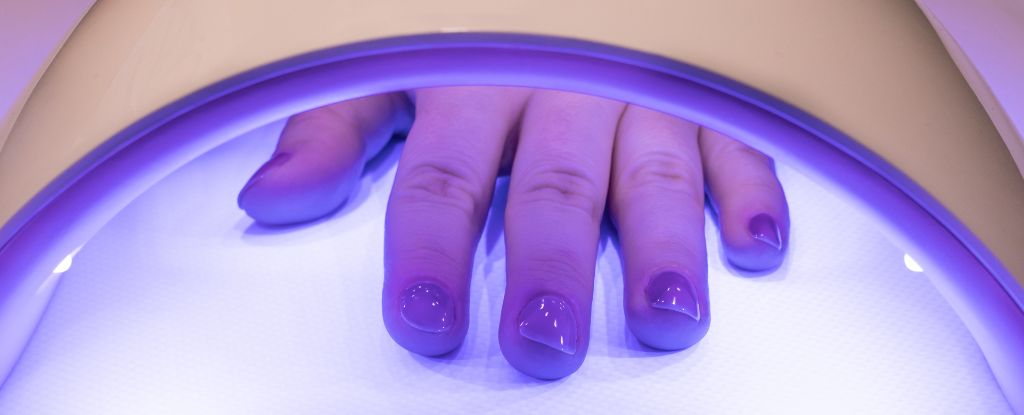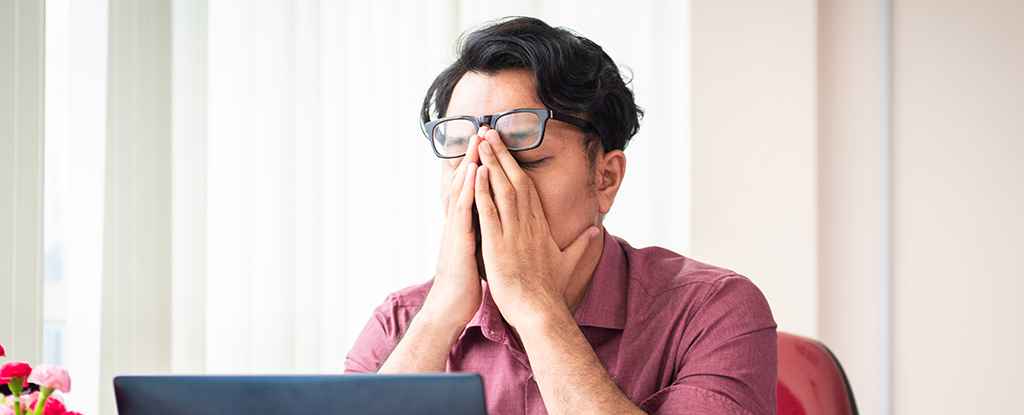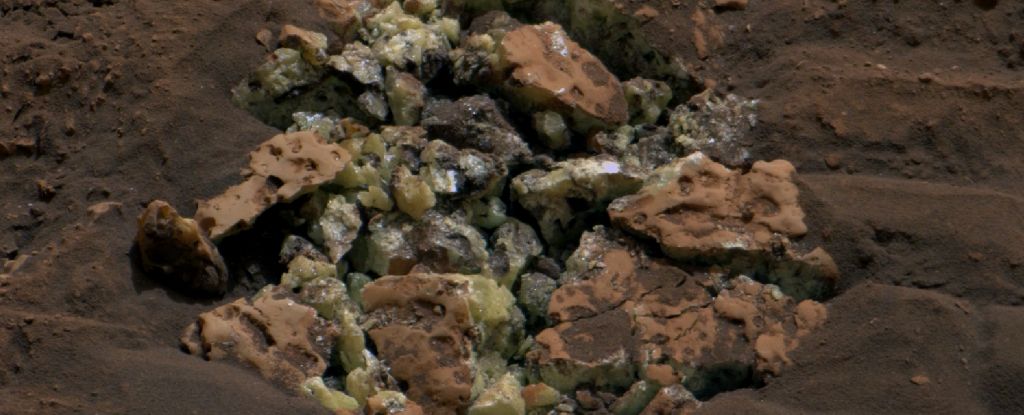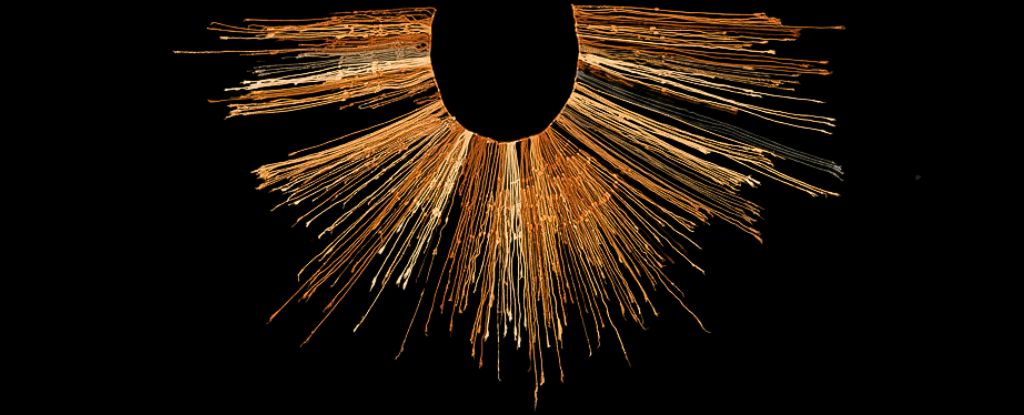Ultraviolet (UV) rays are known to damage the skin Cancer at high exposures, and yet very little safety research has been done on the lamps used to dry nail polish in beauty salons.
Now, a new study by researchers at the University of California San Diego and the University of Pittsburgh in the US has uncovered evidence of damage this overlooked source of radiation could be causing to our hands.
LED nail polish dryers look like little sunbeds for your hands. They use UV light to quickly and cleanly cure and dry some types of nail polish.
The bulb of an LED nail polish dryer is less intense and has a different UV spectrum than a solariumbut the few rays it emits still easily penetrate the skin, with unknown results.
During previous studies While having shown little to no association between nail dryers and skin cancer at a population level, a new study on the molecular side of things has produced some worrying results.
Bioengineer and lead author Ludmil Alexandrov says Before the study, “there was no molecular understanding of what these devices were doing to human cells.”
The results of the experiment suggest that UV light from nail lamps can damage the DNA of human and mouse cells in a similar way.
When Petri dishes containing mouse and human cells were placed in a nail polish dryer for two 20-minute sessions (separated by an hour break), about 20 to 30 percent of the cells died.
Meanwhile, 20 minutes of exposure per day for three days in a row killed up to 70 percent of exposed cells. For a single manicure, a person will expose their fingers to UV light for a total of about 10 minutes. The exposure in the current study was extreme in comparison.
Cells remaining after the full exposure period showed evidence of DNA damage and mutations associated with skin cancer.
Although these results do not provide direct evidence of an increased risk of cancer, they do suggest that an appreciable risk may be present. How often someone has to visit a nail salon to put themselves in danger has yet to be determined.
Alexandrov and his colleagues call for adequate long-term epidemiological studies to assess whether the mechanisms revealed by the test lead to actual harm.
One of the members of Alexandrov’s lab and the study’s first author, Maria Zhivagui, was so alarmed by the results that she decided to stop getting regular gel polish manicures.
“When I saw how the radiation emitted by the gel polish drying device affects cell death and that it actually mutates cells even after just a 20-minute session, I was surprised,” Zhivagui said says.
Zhivagui is particularly careful. For them, the potential risks outweigh the benefits. But that doesn’t mean everyone has to stop getting gel polish manicures right away.
The risk of developing hand cancer from UV nail lamps appears to be very high low at population level among those under 65 years of age. Some researchers have interpreted these results to mean that “gel manicures have little to no carcinogenic risk.”
But the risk to individuals is something that cancer scientists are yet to fully dismiss.
concerned customers, you to sayYou should apply sunscreen before your manicure. Either that, or they should be wearing gloves with finger holes.
Dermatologist Melissa Piliang of the Cleveland Clinic warned in 2021 that people who visit the nail salon more often are likely to be at greater risk, if there is one.
If someone goes a few times a year, they probably don’t have much to worry about. If they leave once every two weeks, this can be a cause for concern.
In 2009, two healthy women who received regular manicures and had no family history of skin cancer suddenly developed skin cancer on her hands. The two case studies prompted the researchers to dig deeper into the health risks of nail polish dryers.
2013 researchers Confirmed that the UV radiation dose emitted by UV nail lamps was 4.2 times stronger than that of the sun. The authors concluded that the high intensity of exposure warrants further studies.
Although these products are marketed as safe, the reality is that very little research has been done on their health risks and case studies are insufficient to prove cause and effect.
But researchers hired by product testing companies responded by saying there were no “cause for public concern“. The dose of UV light used in a single nail painting session is by and large trivial, they argued.
The authors of the 2013 paper stood firm. she pointed out in a published rebuttal that, unlike the other researchers, they had no conflicts of interest and only wanted to know the truth.
Published opinions based on observational studies have done little to improve our understanding of the health risks of UV lamps.
It is high time for independent epidemiological research.
“It is likely that such studies will take at least a decade to complete and subsequently inform the general public,” say Zhivagui, Alexandrov and colleagues to write.
Meanwhile, it will be up to customers to weigh the risks and benefits.
The study was published in nature communication.





